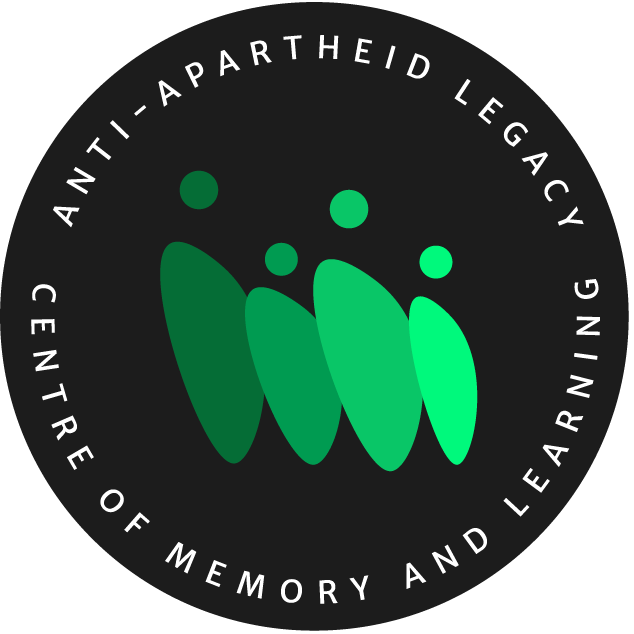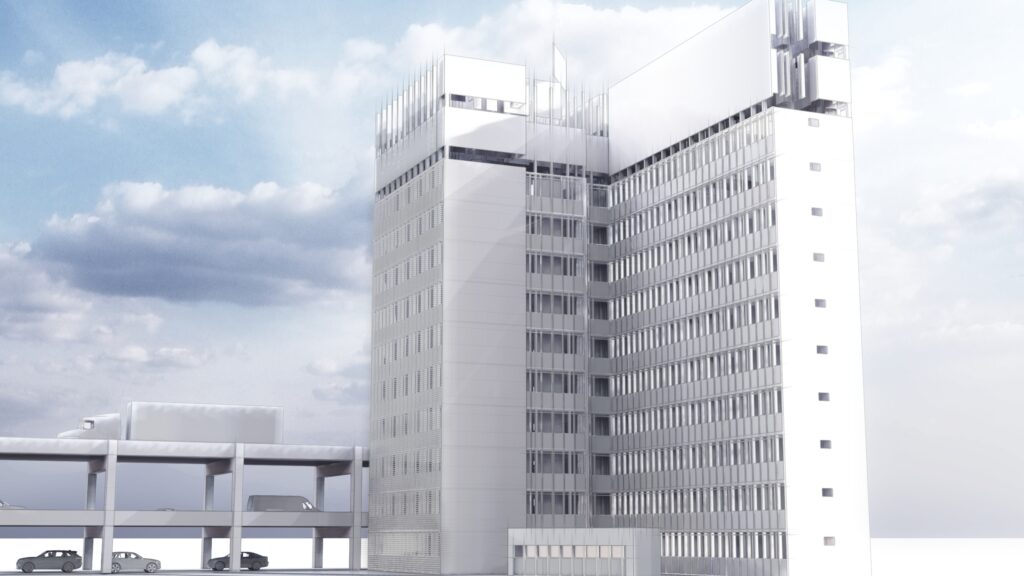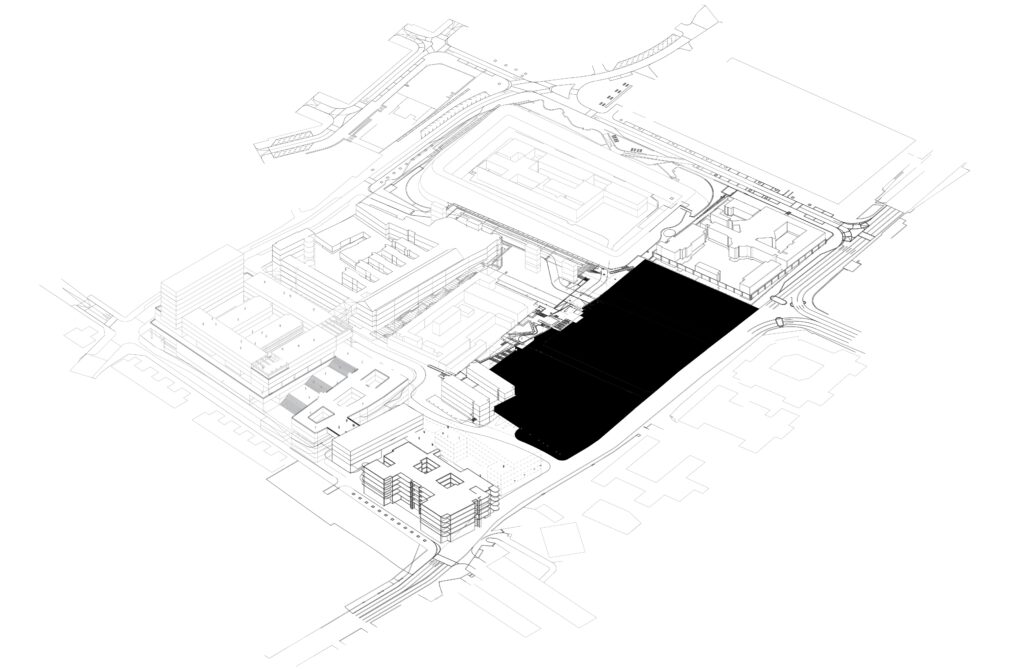Complicit Architecture: Sites of apartheid-era incarceration
The apartheid agenda propagated the division of wealth, pooling of resources and infrastructural advancements in areas of racial dominance. Post-democracy, The African National Congress (ANC) took a position in the overhauling of these systems and chose to incorporate the memory of apartheid in its legacy and gradually address spatial reform and inequality. This approach led to the successful stabilisation of the nation during a period of political unrest and had been heralded by the international community. However, the influence of apartheid’s architecture and spatial planning is still identifiable in contemporary South Africa. Inscribed in the nature of racial enclaves, this is where the most notable impact of the regime remains. On the one hand are monuments and buildings signifying wealth and symbolising power, and on the other are underdeveloped spaces, described as ‘townships’, ‘squatter camps’ or ‘informal settlements’. Another explicit reminder of South Africa’s difficult past is the presence of apartheid specific monuments such as police stations and prisons. The existence of these spaces continues to encourage debates on how to treat sites of torture and violence.
John Vorster Police Station and The Old Fort are two examples of opposing treatments of apartheid spaces, the one being developed to celebrate the liberators of justice and the other choosing to ignore the difficulties of its past.
John Vorster Police Station (Presently Johannesburg Central Police Station)
In 1968, Prime Minister Balthazar John Vorster opened John Vorster Square Police Station which was characterised by its square-shaped, blue structure in downtown Johannesburg. The building was heralded as a ‘state-of-the-art’ modern police station, and as the largest in Africa, it housed all the major divisions of the police force, including the Special Branch of the police force dedicated to curbing anti-apartheid rebellion. The reputation as a site for torture and brutality soon followed as the building became the primary location for detention, interrogations, and imprisonment. Harsh detention regulations were attributed to the site and excessive violence resulted in eight deaths of prisoners between 1970 and 1990 at John Vorster Square.
Post democracy, John Vorster Square has undergone a name change but continues to function as a high security police station despite many attempts by former inmates to change this. John Vorster Square (Johannesburg Central Police Station) is seen as a form of erasure to those activists whose memories have been ignored or forgotten at this site.
The Old Fort (Presently a part of Constitution Hill)
The Old Fort at Constitution Hill Human Rights Precinct had been constructed in 1893 by Paul Kruger and is just seven years older than Johannesburg city itself. It is located two miles North of John Vorster Square and is similarly known as a site of human rights violations during apartheid. Nelson Mandela, Oliver Tambo, Winnie Madikizela-Mandela and Albertina Sisulu were some of the prominent figures held at the site which became notorious for issues of overcrowding, poor sanitation, torture and disease. There are five recorded deaths of prisoners at the site between 1948 and 1983.
In its contemporary form, The Old Fort forms part of a ‘living museum’ that heralds the ‘Flame of Democracy’, ‘Constitutional Court’ and the preserved ‘Women’s’ and ‘Men’s jail’ for public interaction. It has been authorised as a Heritage Site and honours the sacrifices made by former inmates.
John Vorster Square and The Old Fort are two examples of apartheid sites which have had common histories but divergent treatments post-apartheid. The need to memorialise a site often competes with the equally strong pressure to forget the difficult memories they might contain, to promote reconciliation through the process of moving on. However, ignoring the past could have detrimental effects to those whose memories are lost and…
”can prevent new generations from learning critical lessons and destroy opportunities to establish peace now and well into the future.
So, the need to address the legacy of apartheid architecture and spatial planning includes but is not limited to the redistribution of land and wealth, but also demands a…
”Contemporary discourse around social (in)justice, inclusion and multi-racial collaboration for social transformation’ and a promotion of ‘solidarity, social justice, equality, human rights, reconciliation, and anti-racism to encourage positive action for diverse contemporary communities.
Written by Yusuf Patel, Intern, via our membership of the International Coalition of Sites of Conscience and in partnership with Newcastle University, August 2023






